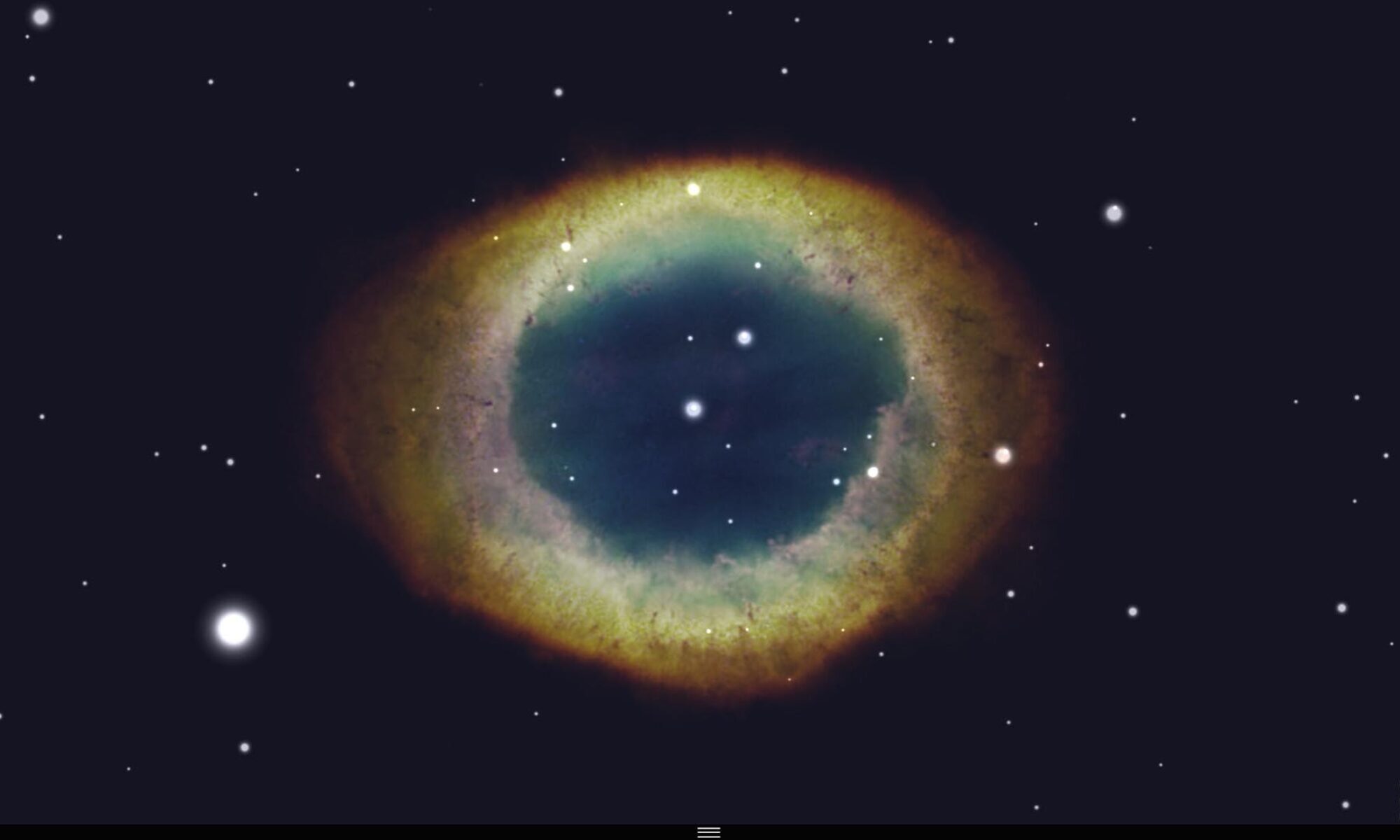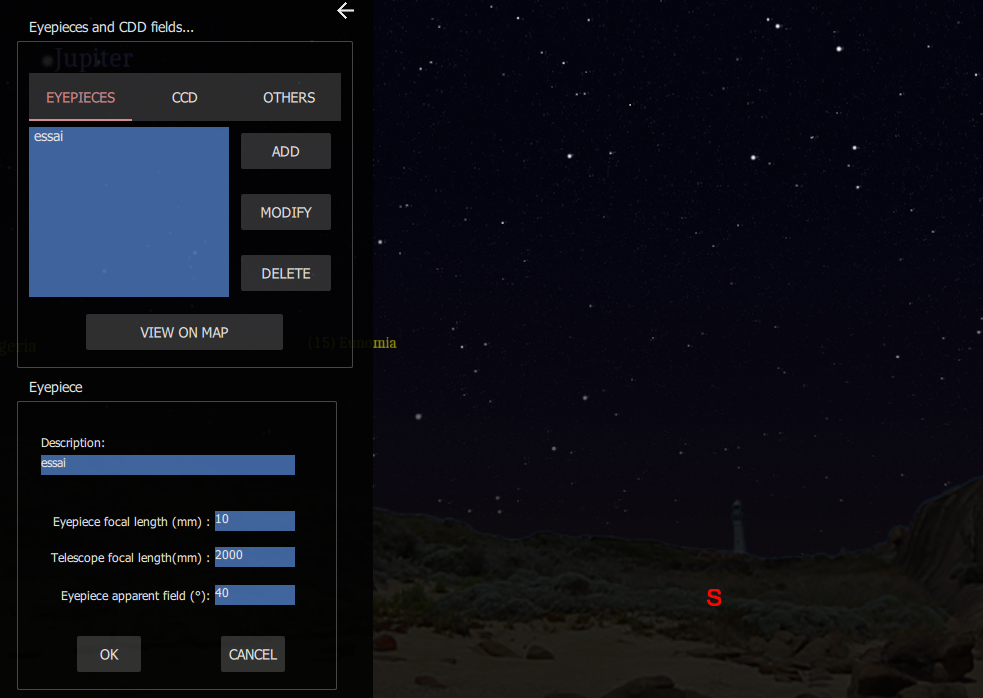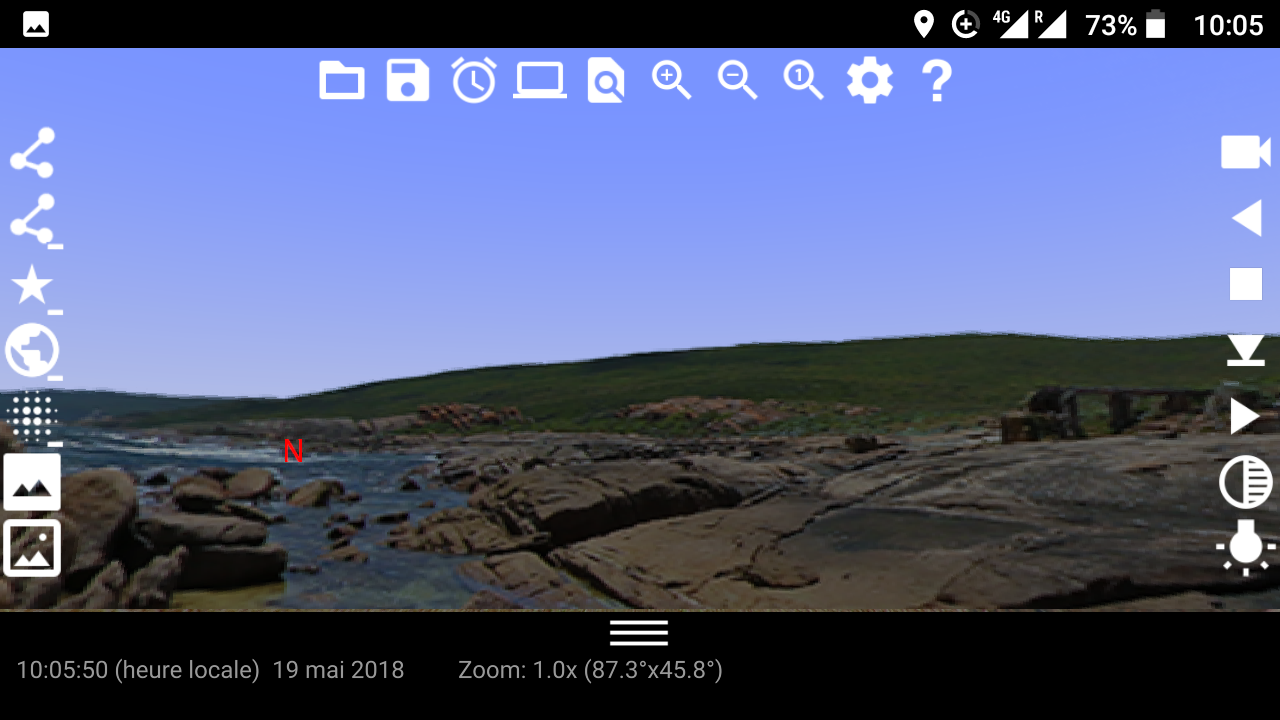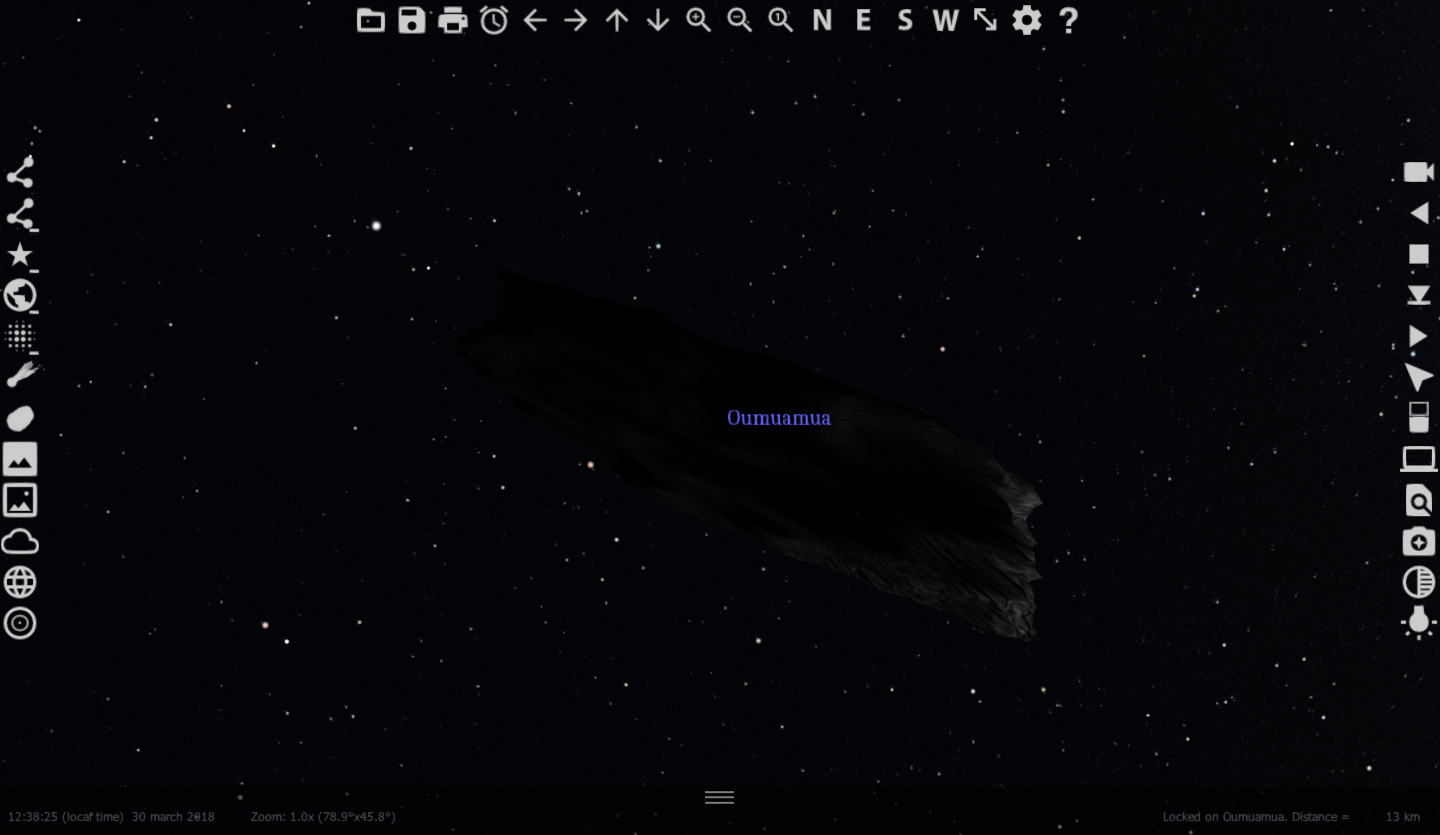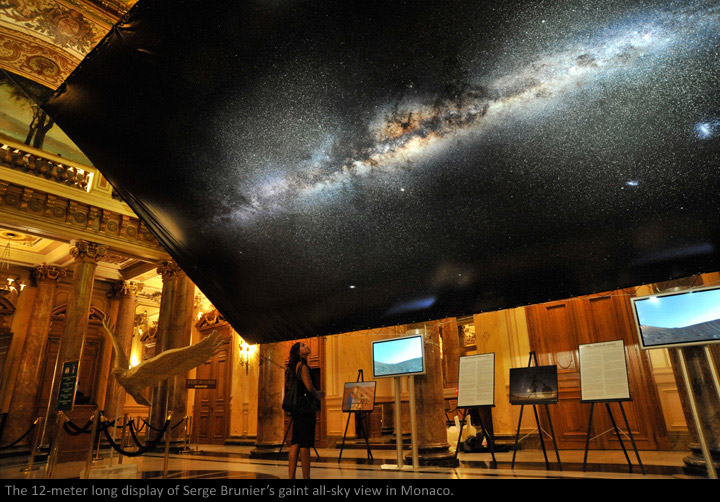The first observation of gravitational waves was made on 14 September 2015 and was announced by the LIGO and Virgo collaborations on 11 February 2016. Previously gravitational waves had only been inferred indirectly, via their effect on the timing of pulsars in binary star systems.
The waveform, detected by both LIGO observatories, matched the predictions of general relativity for a gravitational wave emanating from the inward spiral and merger of a pair of black holes of around 36 and 29 solar masses and the subsequent “ringdown” of the single resulting black hole. The signal was named GW150914 (from “Gravitational Wave” and the date of observation 2015–09–14).
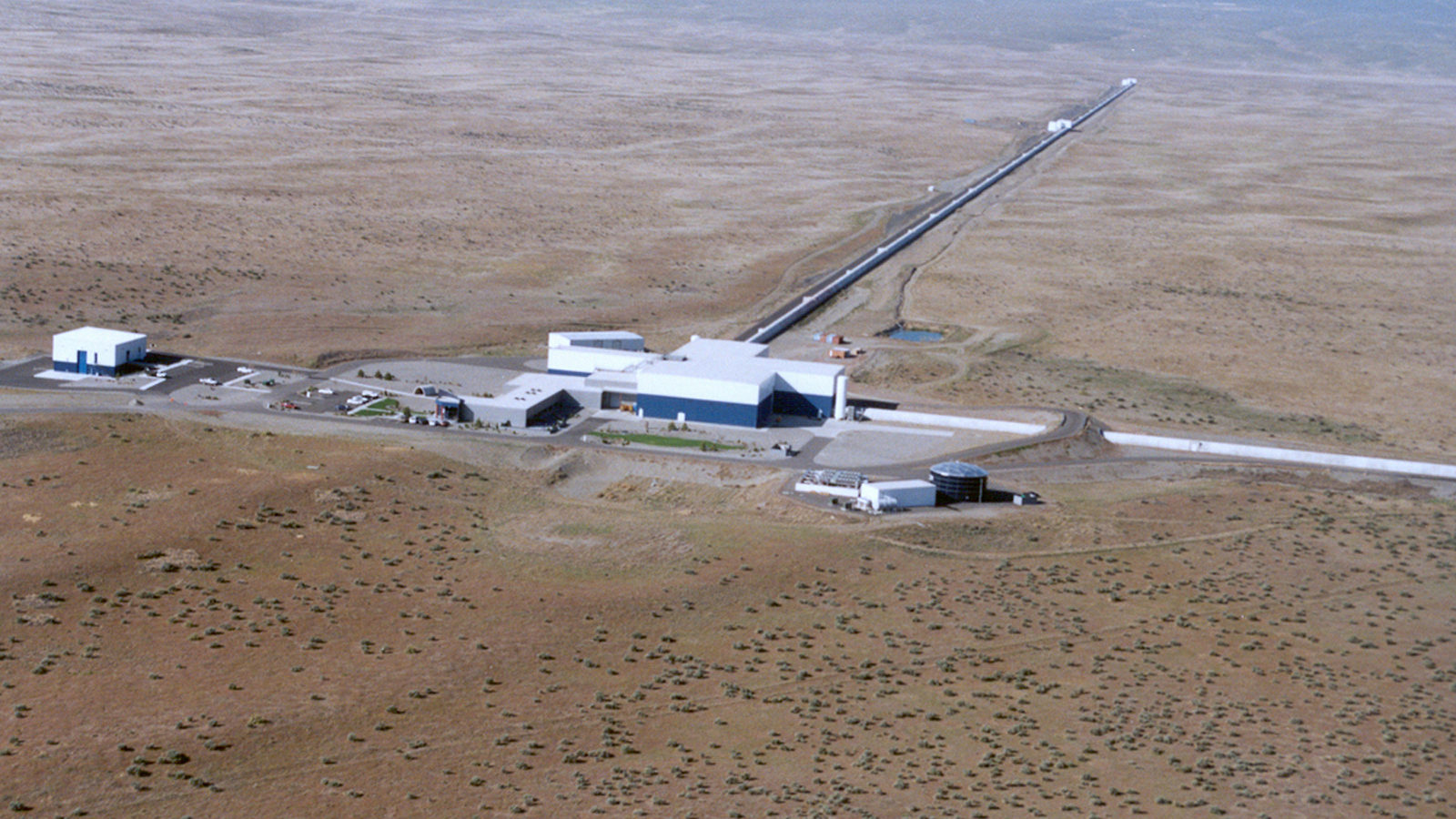
The Laser Interferometer Gravitational-Wave Observatory
It was also the first observation of a binary black hole merger, demonstrating both the existence of binary stellar-mass black hole systems, and the fact that such mergers could occur within the current age of the universe.
This first observation was reported around the world as a remarkable accomplishment for many reasons. Efforts to directly prove the existence of such waves had been ongoing for over fifty years, and the waves are so minuscule that Albert Einstein himself doubted that they could ever be detected. The waves given off by the cataclysmic merger of GW150914 reached Earth as a ripple in spacetime that changed the length of a 4-km LIGO arm by a thousandth of the width of a proton, proportionally equivalent to changing the distance to the nearest star outside the Solar System by one hair’s width. The energy released by the binary as it spiralled together and merged was immense, with the energy of 3.0 c2 solar masses (5.3×1047 joules or 5300 foes) in total radiated as gravitational waves, reaching a peak emission rate of about 3.6×1049 watts – a level greater than the combined power of all light radiated by all the stars in the observable universe.
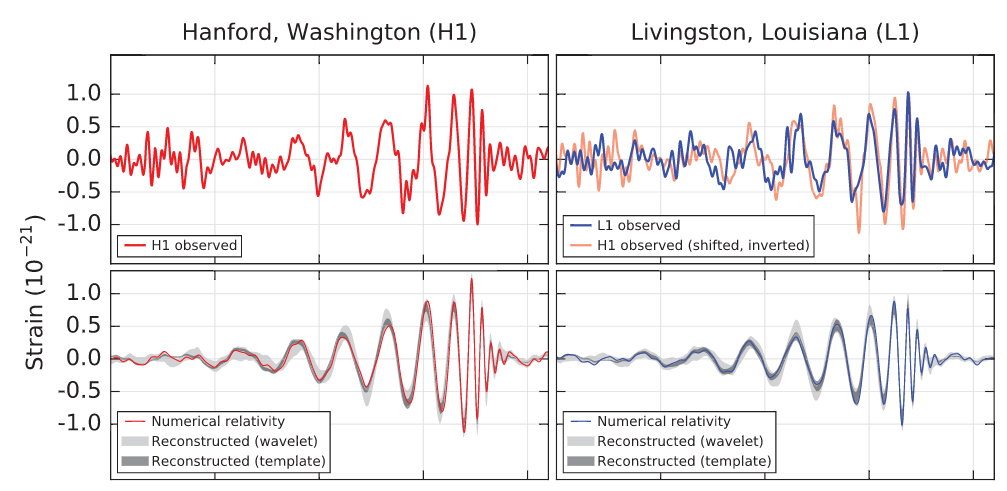
The gravitational-wave event GW150914 observed by the LIGO Hanford
The observation confirms the last remaining unproven prediction of general relativity and validates its predictions of space-time distortion in the context of large scale cosmic events (known as strong field tests). It was also heralded as inaugurating a new era of gravitational-wave astronomy, which will enable observations of violent astrophysical events that were not previously possible, and potentially allow the direct observation of the very earliest history of the universe.
Albert Einstein originally predicted the existence of gravitational waves in 1916, on the basis of his theory of general relativity. General relativity interprets gravity as a consequence of distortions in space-time, caused by mass. Therefore, Einstein also predicted that events in the cosmos would cause “ripples” in space-time – distortions of space-time itself – which would spread outward, although they would be so minuscule that they would be nearly impossible to detect by any technology foreseen at that time. It was also predicted that objects moving in an orbit would lose energy for this reason (a consequence of the law of conservation of energy), as some energy would be given off as gravitational waves, although this would be insignificantly small in all but the most extreme cases.
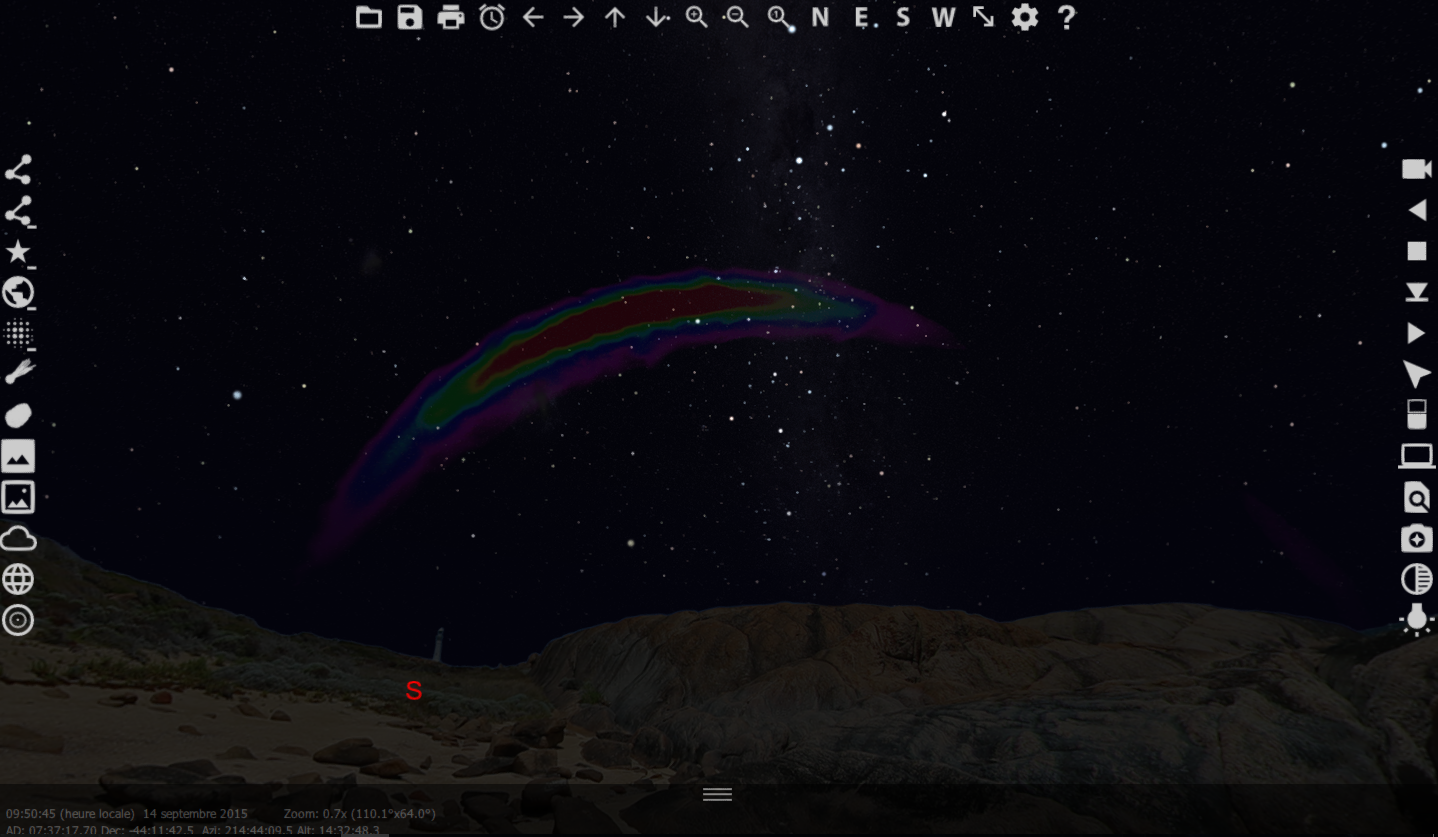
Location of the detection signal GW150914 in WinStars (activate the Ligo module)
One case where gravitational waves would be strongest is during the final moments of the merger of two compact objects such as neutron stars or black holes. Over a span of millions of years, binary neutron stars, and binary black holes lose energy, largely through gravitational waves, and as a result, they spiral in towards each other. At the very end of this process, the two objects will reach extreme velocities, and in the final fraction of a second of their merger a substantial amount of their mass would theoretically be converted into gravitational energy, and travel outward as gravitational waves, allowing a greater than usual chance for detection. However, since little was known about the number of compact binaries in the universe and reaching that final stage can be very slow, there was little certainty as to how often such events might happen.
Direct observation of gravitational waves was not possible for the many decades after they were predicted due to the minuscule effect that would need to be detected and separated from the background of vibrations present everywhere on Earth. A technique called interferometry was suggested in the 1960s and eventually technology developed sufficiently for this technique to become feasible.
In the present approach used by LIGO, a laser beam is split and the two halves are recombined after travelling different paths. Changes to the length of the paths or the time taken for the two split beams, caused by the effect of passing gravitational waves, to reach the point where they recombine are revealed as “beats”. Such a technique is extremely sensitive to tiny changes in the distance or time taken to traverse the two paths. In theory, an interferometer with arms about 4 km long would be capable of revealing the change of space-time – a tiny fraction of the size of a single proton – as a gravitational wave of sufficient strength passed through Earth from elsewhere. This effect would be perceptible only to other interferometers of a similar size, such as the Virgo, GEO 600 and planned KAGRA and INDIGO detectors. In practice at least two interferometers would be needed, because any gravitational wave would be detected at both of these but other kinds of disturbance would generally not be present at both, allowing the sought-after signal to be distinguished from noise. This project was eventually founded in 1992 as the Laser Interferometer Gravitational-Wave Observatory (LIGO). The original instruments were upgraded between 2010 and 2015 (to Advanced LIGO), giving an increase of around 10 times their original sensitivity.
LIGO operates two gravitational-wave observatories in unison, located 3,002 km (1,865 mi) apart: the LIGO Livingston Observatory in Livingston, Louisiana, and the LIGO Hanford Observatory, on the DOE Hanford Site near Richland, Washington. The tiny shifts in the length of their arms are continually compared and significant patterns which appear to arise synchronously are followed up to determine whether a gravitational wave may have been detected or if some other cause was responsible.
Initial LIGO operations between 2002 and 2010 did not detect any statistically significant events that could be confirmed as gravitational waves. This was followed by a multi-year shut-down while the detectors were replaced by much improved “Advanced LIGO” versions. In February 2015, the two advanced detectors were brought into engineering mode, with formal science observations due to begin on 18 September 2015.
Throughout the development and initial observations by LIGO, several “blind injections” of fake gravitational wave signals were introduced to test the ability of the researchers to identify such signals. To protect the efficacy of blind injections, only four LIGO scientists knew when such injections occurred, and that information was revealed only after a signal had been thoroughly analyzed by researchers. No such tests took place in September 2015, when GW150914 was detected.
GW150914 was detected by the LIGO detectors in Hanford, Washington state, and Livingston, Louisiana, USA, at 09:50:45 UTC on 14 September 2015. The LIGO detectors were operating in “engineering mode”, meaning that they were operating fully but had not yet begun a formal “research” phase (which was due to commence three days later on 18 September), so initially there was a question as to whether the signals had been real detections or simulated data for testing purposes before it was ascertained that they were not tests.
The chirp signal lasted over 0.2 seconds, and increased in frequency and amplitude in about 8 cycles from 35 Hz to 250 Hz. The signal is in the audible range and has been described as resembling the “chirp” of a bird; astrophysicists and other interested parties the world over excitedly responded by imitating the signal on social media upon the announcement of the discovery. (The frequency increases because each orbit is noticeably faster than the one before during the final moments before merging.)
The trigger that indicated a possible detection was reported within three minutes of acquisition of the signal, using rapid (‘online’) search methods that provide a quick, initial analysis of the data from the detectors. After the initial automatic alert at 09:54 UTC, a sequence of internal emails confirmed that no scheduled or unscheduled injections had been made, and that the data looked clean. After this, the rest of the collaborating team was quickly made aware of the tentative detection and its parameters.
More detailed statistical analysis of the signal, and of 16 days of surrounding data from 12 September to 20 October 2015, identified GW150914 as a real event, with a significance estimated by one analysis of 6.7 sigma and a significance bound estimated by another analysis of at least 5.1 sigma or a confidence level of 99.99994%. Corresponding wave peaks were seen at Livingston seven milliseconds before they arrived at Hanford. Gravitational waves propagate at the speed of light, and the disparity is consistent with the light travel time between the two sites. The waves had traveled at the speed of light for more than a billion years.
At the time of the event, the Virgo gravitational wave detector (near Pisa, Italy) was offline and undergoing an upgrade; had it been online it would likely have been sensitive enough to also detect the signal, which would have greatly improved the positioning of the event. GEO600 (near Hannover, Germany) was not sensitive enough to detect the signal. Consequently, neither of those detectors was able to confirm the signal measured by the LIGO detectors.
The event happened at a luminosity distance of 440 megaparsecs (determined by the amplitude of the signal), or 1.4 billion light years, corresponding to a cosmological redshift of 0.093 (90% credible intervals). Analysis of the signal along with the inferred redshift suggested that it was produced by the merger of two black holes with masses of 35 times and 30 times the mass of the Sun (in the source frame), resulting in a post-merger black hole of 62 solar masses. The mass–energy of the missing 3.0 solar masses was radiated away in the form of gravitational waves.
During the final 20 milliseconds of the merger, the power of the radiated gravitational waves peaked at about 3.6×1049 watts – 50 times greater than the combined power of all light radiated by all the stars in the observable universe.
Across the 0.2-second duration of the detectable signal, the relative tangential (orbiting) velocity of the black holes increased from 30% to 60% of the speed of light. The orbital frequency of 75 Hz (half the gravitational wave frequency) means that the objects were orbiting each other at a distance of only 350 km by the time they merged. The phase changes to the signal’s polarization allowed calculation of the objects’ orbital frequency, and taken together with the amplitude and pattern of the signal, allowed calculation of their masses and therefore their extreme final velocities and orbital separation (distance apart) when they merged. That information showed that the objects had to be black holes, as any other kind of known objects with these masses would have been physically larger and therefore merged before that point, or would not have reached such velocities in such a small orbit. The highest observed neutron star mass is two solar masses, with a conservative upper limit for the mass of a stable neutron star of three solar masses, so that a pair of neutron stars would not have had sufficient mass to account for the merger (unless exotic alternatives exist, for example, boson stars), while a black hole-neutron star pair would have merged sooner, resulting in a final orbital frequency that was not so high.
The decay of the waveform after it peaked was consistent with the damped oscillations of a black hole as it relaxed to a final merged configuration. Although the inspiral motion of compact binaries can be described well from post-Newtonian calculations, the strong gravitational field merger stage can only be solved in full generality by large-scale numerical relativity simulations.
The post-merger object is thought to be a rotating Kerr black hole with a spin parameter of 0.68, i.e. one with 2/3 of the maximum possible angular momentum for its mass.
The two stars which formed the two black holes were likely formed about 2 billion years after the Big Bang with masses of between 40 and 100 times the mass of the Sun.
Gravitational wave instruments are whole-sky monitors with little ability to spatially resolve signals. A network of such instruments is needed to locate the source in the sky through triangulation. With only the two LIGO instruments in observational mode, GW150914’s source location could only be confined to an arc on the sky. This was done via analysis of the 6.9 ms time-delay, along with amplitude and phase consistency across both detectors. This analysis produced a credible region of 150 deg2 with a probability of 50% or 610 deg2 with a probability of 90% located mainly in the Southern Celestial Hemisphere, in the rough direction of (but much farther than) the Magellanic Clouds.
For comparison, the area of the constellation Orion is 594 deg2.
The announcement of the detection was made on 11 February 2016 at a news conference in Washington, D.C. by David Reitze, the executive director of LIGO, with a panel comprising Gabriela González, Rainer Weiss and Kip Thorne, of LIGO, and France A. Córdova, the director of NSF. Barry Barish delivered the first presentation on this discovery to a scientific audience simultaneously with the public announcement.
The initial announcement paper was published during the news conference in Physical Review Letters, with further papers either published shortly afterwards or immediately available in preprint form.
In May 2016, the full collaboration, and in particular Ronald Drever, Kip Thorne, and Rainer Weiss, received the Special Breakthrough Prize in Fundamental Physics for the observation of gravitational waves. Drever, Thorne, Weiss, and the LIGO discovery team also received the Gruber Prize in Cosmology. Drever, Thorne, and Weiss were also awarded the 2016 Shaw Prize in Astronomy and the 2016 Kavli Prize in Astrophysics. Barish was awarded the 2016 Enrico Fermi Prize from the Italian Physical Society (Società Italiana di Fisica). In January 2017, LIGO spokesperson Gabriela González and the LIGO team were awarded the 2017 Bruno Rossi Prize.
The 2017 Nobel Prize in Physics was awarded to Rainer Weiss, Barry Barish and Kip Thorne “for decisive contributions to the LIGO detector and the observation of gravitational waves”.
Source: wikipedia
In order to go further :
- The initial announcement paper published in Physical Review Letter : https://journals.aps.org/prl/pdf/10.1103/PhysRevLett.116.061102
- Gravitation et Cosmologie, S. Weinberg
- General Relativity – An introduction for Physicists, M.P. Hobson, G.P. Efstathiou et A.N. Lasenby
- Basic Relativity, R. Mould
- Relativity – Special, General and Cosmological, W. Rindler
- Gravitation, C.W. Misner, K.S. Thorne et J.A. Wheeler
